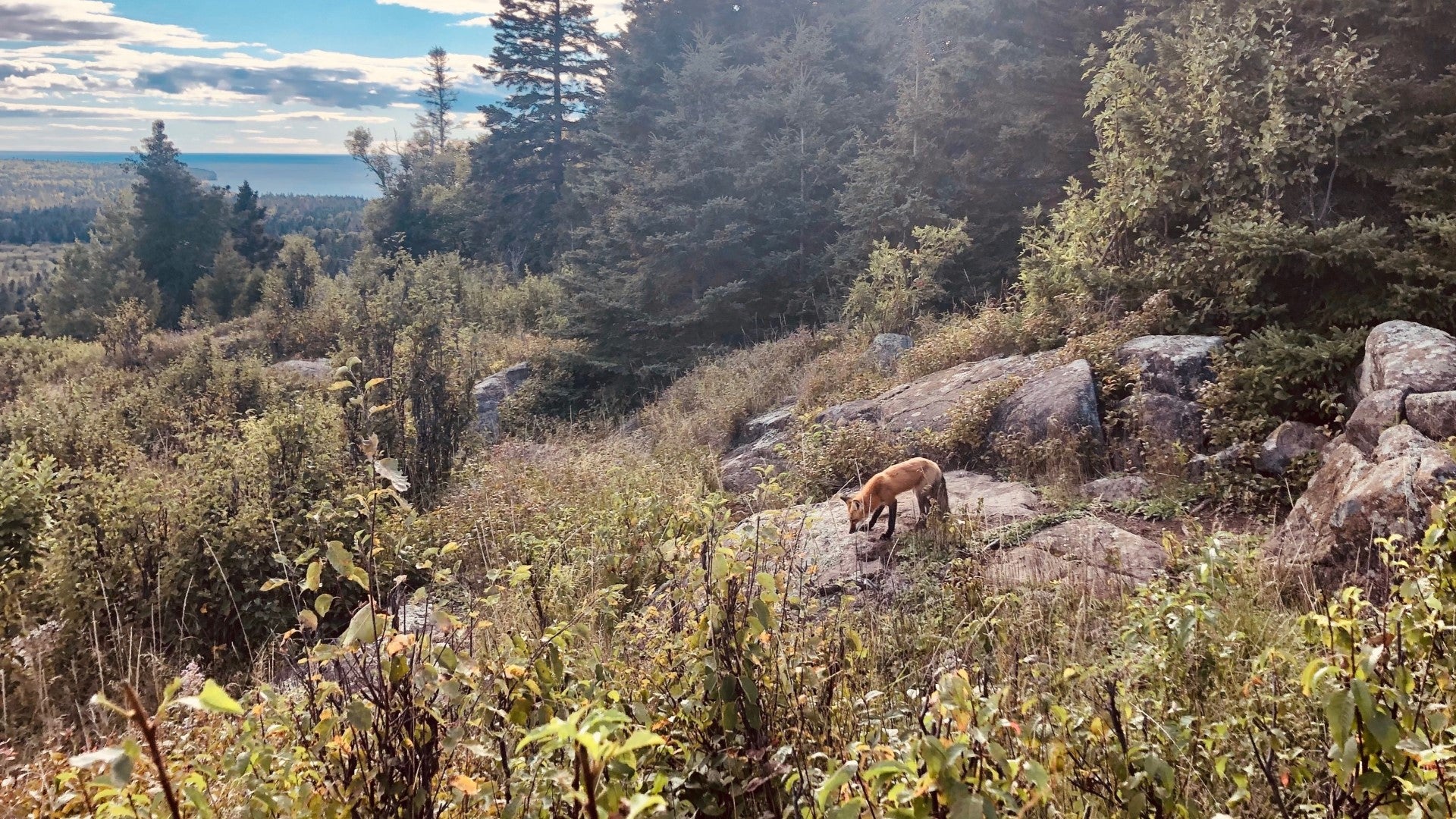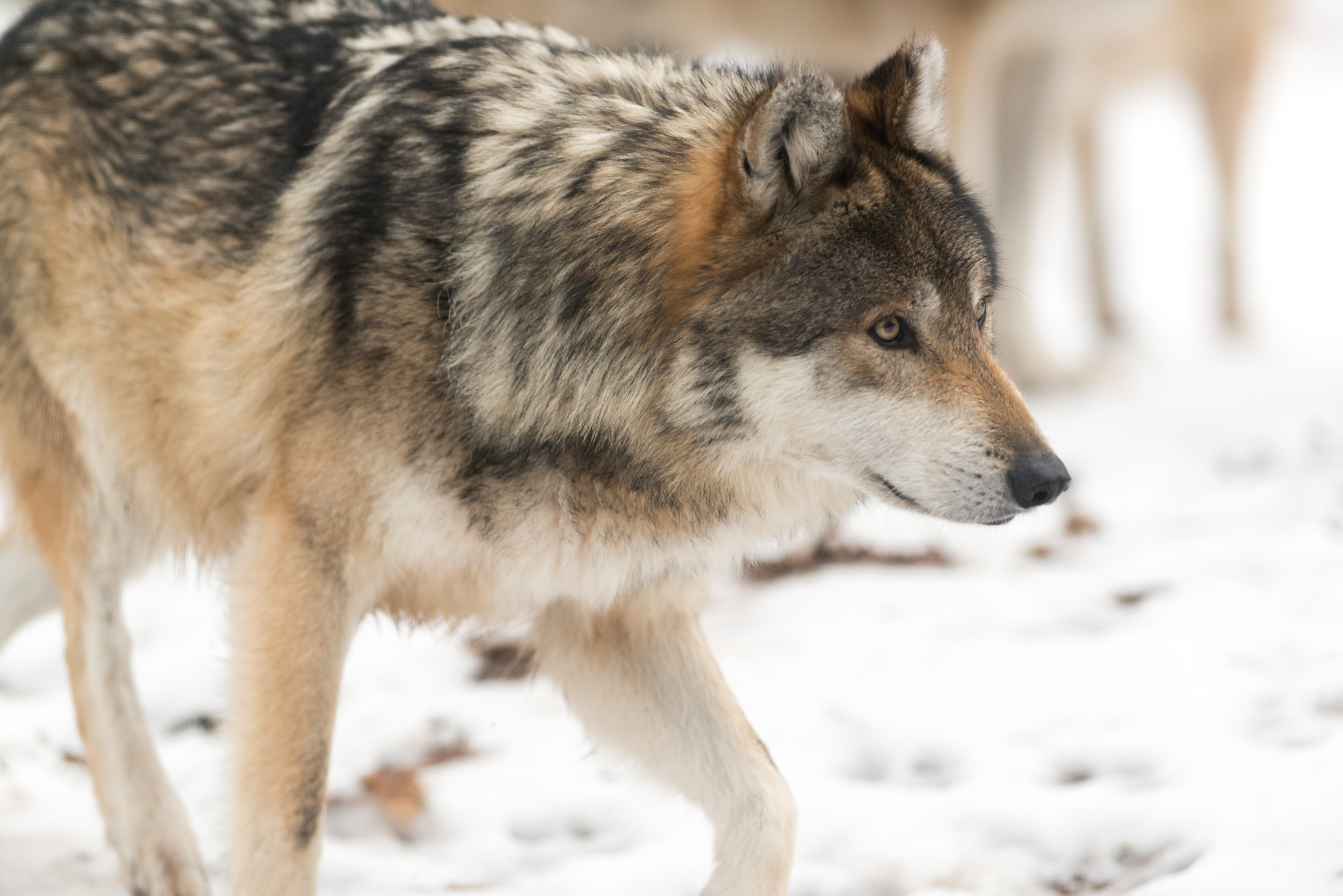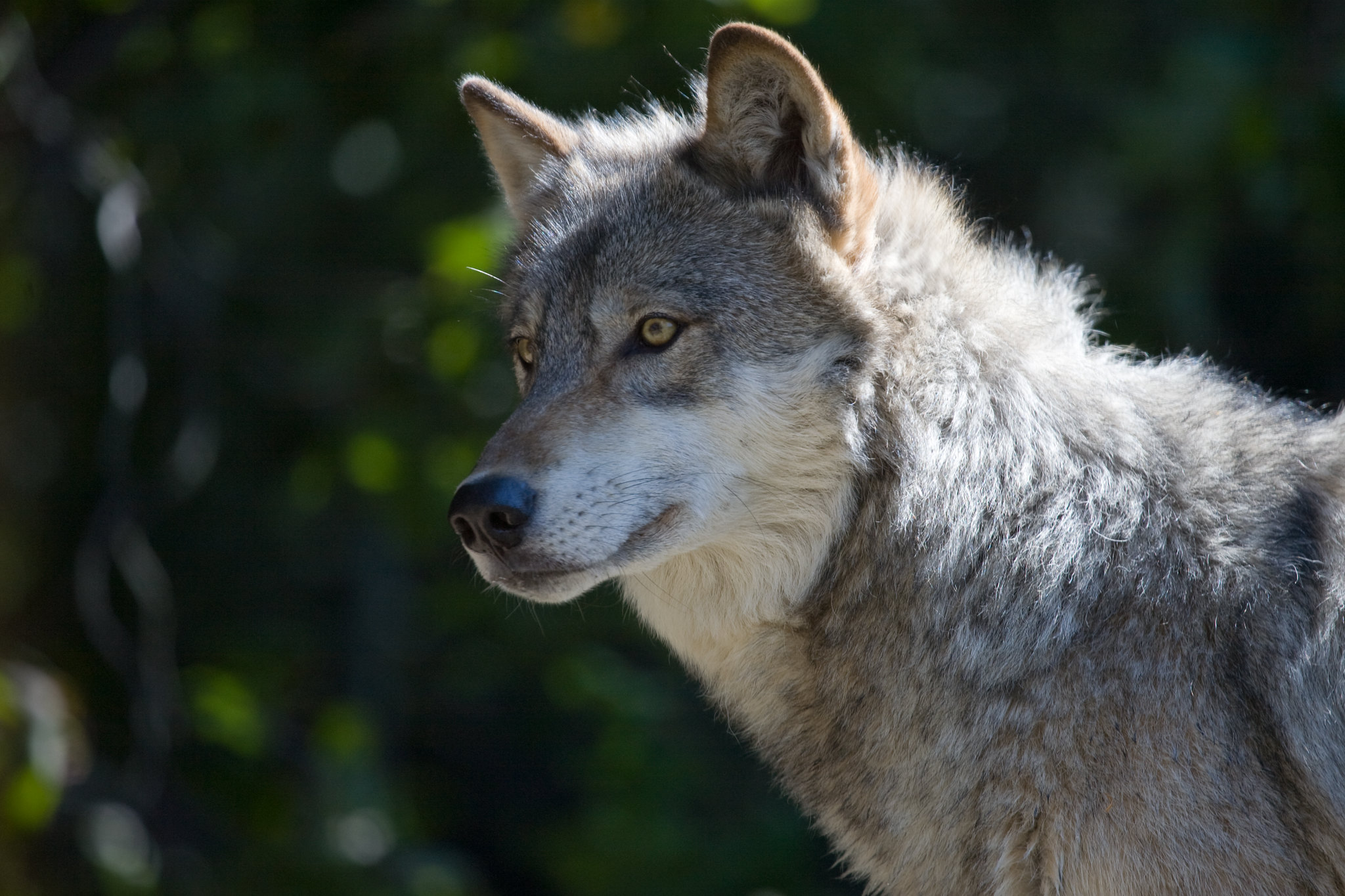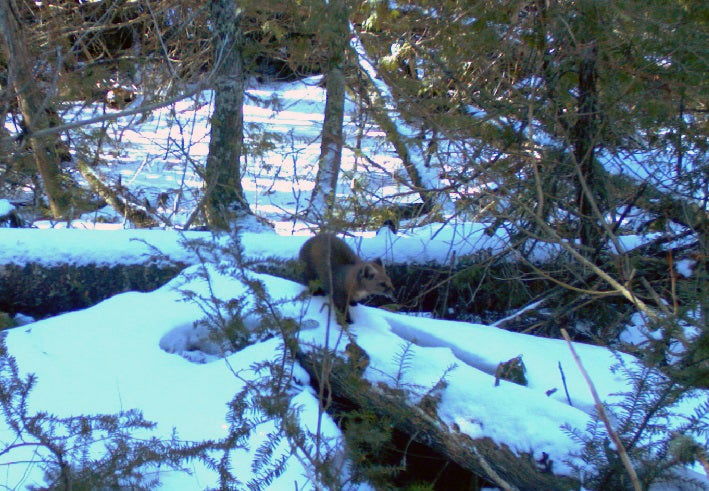The reintroduction of wolves has only had temporary effects on other small carnivores at Isle Royale National Park on Lake Superior, according to new research from the University of Wisconsin-Madison.
The park is the site of the longest predator-prey study on record between wolves and moose. Over the years, the wolf population has fluctuated there, but the species almost went extinct in the last decade after only two inbred wolves remained. Those wolves couldn’t reproduce to control the moose population.
In the fall of 2018, federal authorities began to introduce 19 wolves to Isle Royale. UW-Madison researchers led a study that took a before-and-after look at how wolves affected small carnivores there, such as red foxes and American martens.
News with a little more humanity
WPR’s “Wisconsin Today” newsletter keeps you connected to the state you love without feeling overwhelmed. No paywall. No agenda. No corporate filter.
“Wolves have a really strong impact on these carnivore communities following their reintroductions,” said Mauriel Rodriguez Curras, the study’s lead author. “Then, following some time, they can subside. What we saw, particularly on Isle Royale, was that those effects returned to their baseline levels after one year of wolf recovery.”
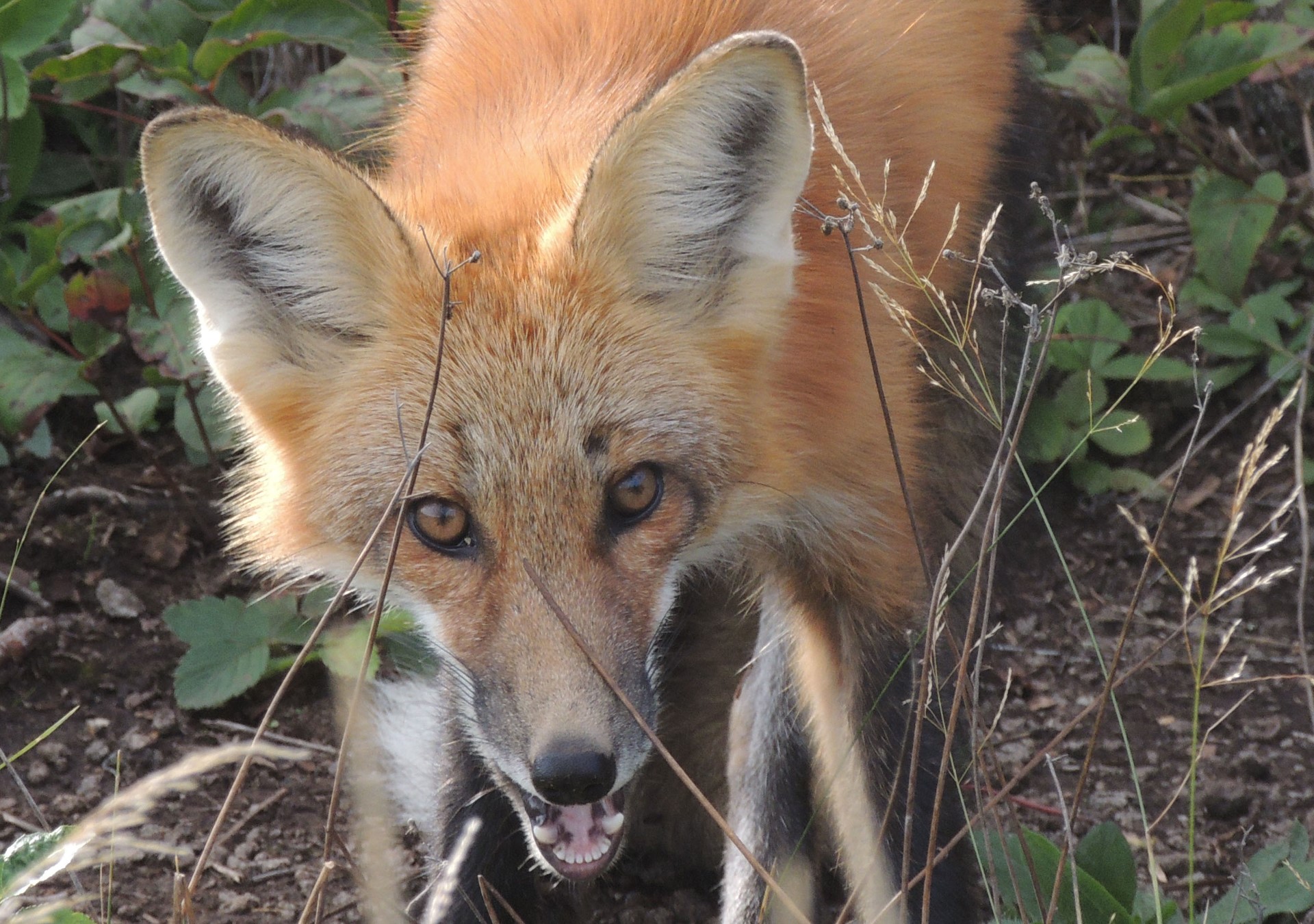
Prior to reintroducing wolves, foxes were widespread throughout the island. They compete for food with martens, and foxes have also been known to kill the furry weasel-like critters. As a result, martens stuck to more dense or complex forests where it’s easy for them to hide.
Foxes often rely on scavenging for food. But after the wolves were first reintroduced, the foxes began using areas closer to human campsites rather than risk their lives feeding off beaver or moose that had been killed by wolves.
“Foxes also changed their diet to consume a lot more human foods,” Rodriguez Curras said. “Martens, during that time, were able to expand, and we were able to detect them in areas that we hadn’t detected them previously.”
During that time, Rodriguez Curras said the marten population grew by about 35 percent. Meanwhile, wolves moved widely about the island in the first year they were reintroduced. By 2020, the wolves had come together in packs and established territories. Once that occurred, foxes resumed their earlier eating habits and became more widespread on the island, and martens went back to their dense forest habitats.
Jonathan Pauli, a forest and wildlife ecology professor at UW-Madison, said the research highlights the competitive interactions between the species.
“In the absence of wolves, foxes have free range of the island and that’s to the detriment of martens,” Pauli said. “But when wolves return, at least at first, they then enforce these really important costs on foxes, which benefits martens. But, eventually, it all kind of settles down.”
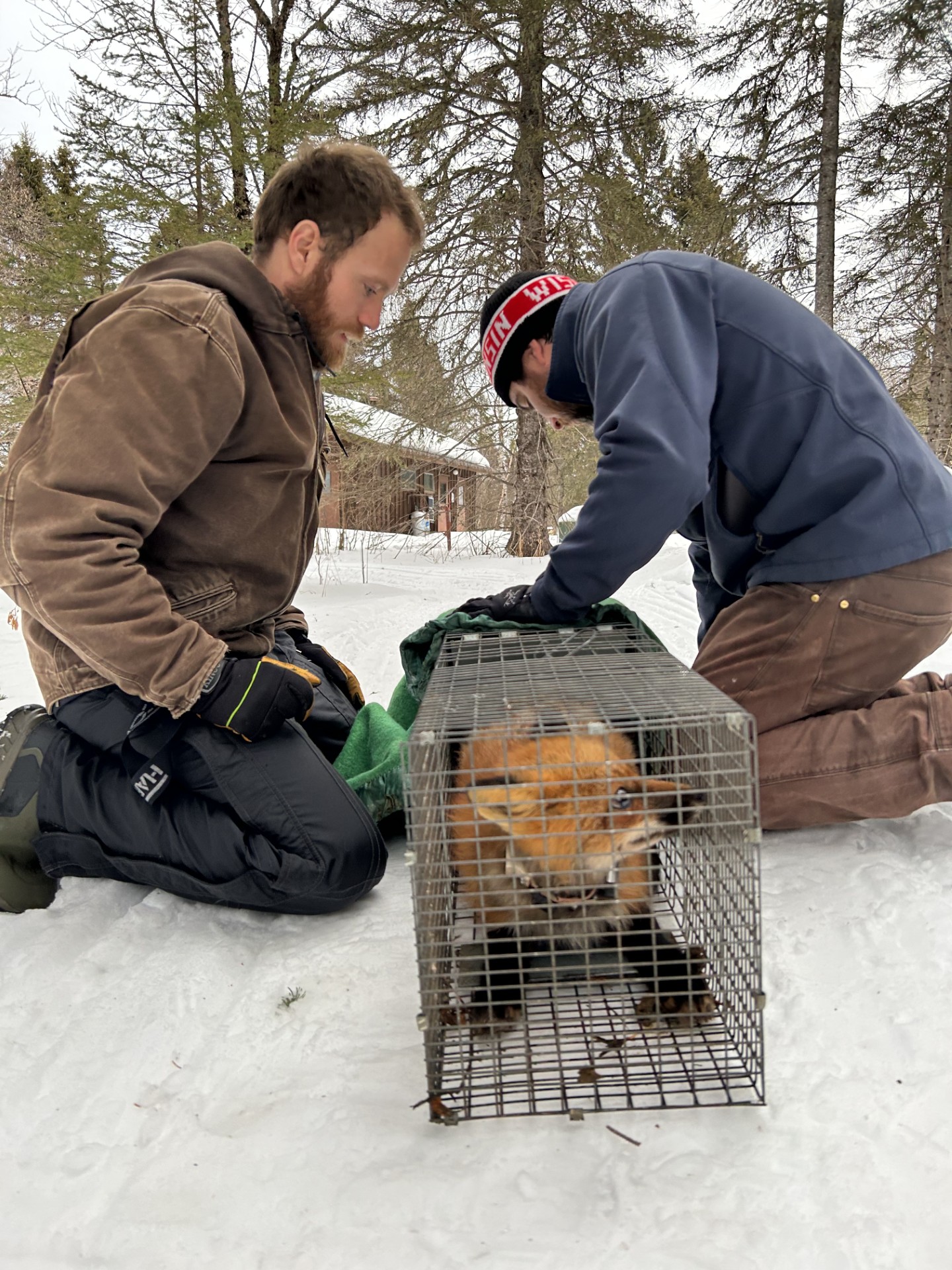
Researchers arrived at their findings by hiking around 20 miles each day to collect samples and check traps, or plastic tubes with brushes inside, for hair and scat from foxes and martens. Then they extracted DNA from those samples in a lab to identify which individual animal left them behind. Researchers also were able to reconstruct the diets of foxes and martens by analyzing tissue from those samples.
Rodriguez Curras, now a postdoctoral researcher at the University of California-Berkeley, said the findings show the recovery of one species doesn’t take place in a vacuum. He said recovery efforts must consider implications for other animals on the landscape. One of the unexpected findings for researchers was how visitors to the island and the food they brought affected what animals ate and how they interacted with one another.
“In arguably one of the most pristine sites in North America, humans have a really important role in mediating these interactions and how species respond,” Pauli said. “And that’s kind of surprising.”
The park saw fewer than 27,000 visitors during the first year that wolves were reintroduced to the island. Researchers say the study’s findings could be used to improve the experience of people visiting the island and preserve the park’s wilderness.

Wisconsin Public Radio, © Copyright 2025, Board of Regents of the University of Wisconsin System and Wisconsin Educational Communications Board.

